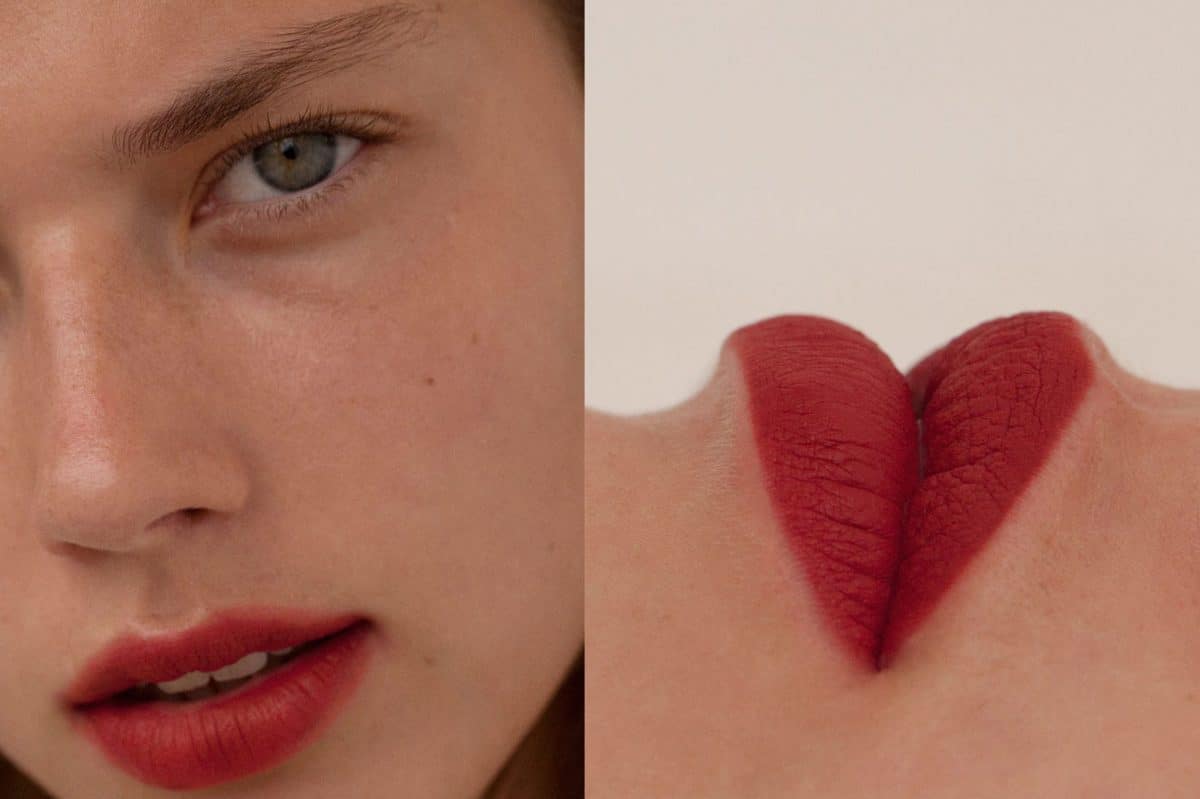
Retinol. There's no denying that this skincare ingredient is the hot topic on everyone's lips. Understandably, of course, since it's the pinnacle of anti-aging products currently on the market. The name itself sounds like it's sure to work wonders... But despite the revolutionary active becoming a familiar face on the shelves of our favourite beauty stores and sitting high on the recommendation list from our dermatologists, there's still plenty of confusion about what retinol is, and what it can do for your skin.
What is retinol?
It's time to simplify the beauty jargon that surrounds retinol. If you're confused about what the term means, retinol has basically become an umbrella term for topical, over-the-counter products that contain vitamin A derivatives. Retinol is one of several retinoids – which all work at different levels and form a broader spectrum of both over-the-counter and prescription vitamin A products.
Retinol is often added to topical skincare products to help with promoting skin renewal, brightening of skin tone, acne and help with boosting collagen production. It also functions as a form of antioxidant, which we know helps reduce the impact of free radicals on the skin.
Retinol vs retinoids
There is often a lot of confusion between the two; especially when it comes to knowing which one is right for your skin. Even though both are effective in their own ways, the main difference is on a molecular level – especially when you compare topical retinol and prescription retinoids. In this instance, retinols typically contain a lower concentration of the active retinoic acid ingredient; which means they are less intense and work more gradually.
Retinoic acid is the most active form of vitamin A, which is why you'll finder higher levels of potency in prescription retinoids. How this differs from retinol is that these variants actually need to be converted to retinoic acid before they are able to have an effect; which makes them less potent.
It's also very common to see retinol products combined with other ingredients that assist in hydrating or brightening the skin.
What is it used for?
If you have any concerns around anti-aging, retinol should definitely be on your radar. It has long been considered the gold standard for anti-aging prevention and for treating acne. The reasoning behind this magic has a lot to do with the way in which it increases and speeds up your skin cell turnover. Which, as we know, is how to increase collagen production; keeping our skin looking younger, plumper and reducing the appearance of fine lines and dullness. Rather than removing dead skin cells in a way many other antiaging products do, the molecules penetrate the skin beyond the epidermis to your dermis.
Vitamin A products are also great for exfoliating older keratinocytes, (cells on the outermost layer of our skin), which helps with unclogging pores and refreshing the skin without applying harsh pressure to the skin.
Who should use retinol and how?
As with most active skincare ingredients, there is no one-size-fits-all approach to retinol. These products have become notoriously difficult to manage; particularly for people who have easily irritable or sensitive skin. But it doesn't mean you can't try or use retinol, you just have to be cautious with how you go about it.
Generally speaking, the skin conditions that are most susceptible include rosacea, dryness, contact allergies and general sensitivities. In these instances, or if you're unsure about what retinol is right for you, it's best to begin with the gentlest formula and apply the product slowly. Like any new product, apply the product just one night a week for one week, then two nights a week for two weeks and so on until you reach a level where your skin feels comfortable.
It's also important to take note of what percentage of retinol you are using. As we know, not all retinol or retinoids are created equal. A good starting point for sensitive or fresh skin is 0.05%, and you can increase your dosage from there. If you're at any point uncertain, it's best to speak to your doctor, dermatologist or skin expert.
Remember, retinol is a building and reparative step in your skincare routine, so should always be applied at night. On the nights you use retinol, try opting for a more gentle cleanser and always follow by applying a deeply hydrating moisturiser. It's recommended to always apply retinol on clean, dry skin and to wait around 20 minutes for it to absorb before continuing with the rest of your routine.
Are there any side effects?
Because of the potency of active ingredients, you can expect to experience some dryness, redness and peeling. All these side effects, however, should be temporary and are a sign of the retinol effectively turning over cells. If the irritation continues after a few weeks of your skin stabilising to the product, you may want to consider reducing the strength of the product.
It's also recommended to ease back on your use of acids – AHAs, BHAs and PHAs – when incorporating retinol into your routine and to be particularly careful with chemical peels and lasers during this time.
However, the biggest risk when using a vitamin A product is actually sunburn. Some of the drying and irritating effects of initial retinol use can actually be worsened by sun exposure. This is why it is always advised to use the product at night and to religiously protect your skin every day by applying sunscreen with at least SPF 30+.



